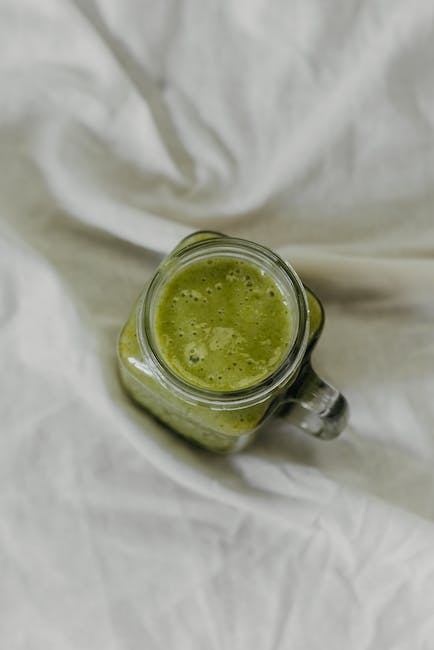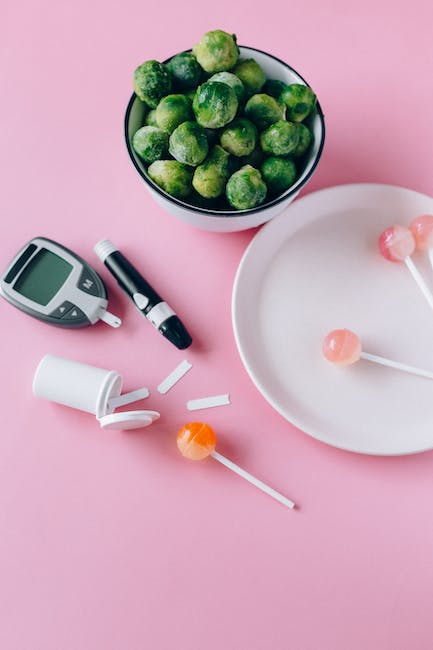
Understanding the Glycemic Index
The Glycemic Index (GI) is a ranking system for carbohydrates based on their effect on blood glucose levels. Foods with a low GI are slowly digested and absorbed, causing a slower and smaller rise in blood sugar levels, which is beneficial for diabetics. Diabetics need to choose their breakfast cereals wisely. Compare the GI before making a purchase to ensure it is suitable for your needs.
Paying attention to the glycemic index is a crucial part of maintaining stable blood sugar levels. Essentially, it’s about choosing foods that don’t speed up the release of glucose into the bloodstream. For a diabetic, this is particularly important during breakfast where control of blood glucose levels is often a struggle.
Including Dried Fruit and Bran Cereals in a Diabetic Diet
Dried fruit and bran cereals are often recommended food options for people with diabetes. Dried fruit is high in fiber and contains essential vitamins and minerals. However, it also comes with a higher sugar content compared to fresh fruit, hence, moderation is key.
On the other hand, bran cereals are considered a phenomenal cereal option for diabetics due to their significant fiber content. Fiber slows down the digestion process, thereby controlling the release of glucose into the bloodstream and keeping your blood sugar levels in check.

Paying Close Attention to Sugar Content
When choosing a breakfast cereal, diabetics should aim for options that contain fewer grams of sugar. Numerous cereals, even those marketed as ‘healthy’, are often loaded with added sugar and high fructose corn syrup, a type of sweetener linked to increased risk of heart disease and type 2 diabetes.
A good rule of thumb is to choose cereals with no more than 6 grams of sugar per serving. Keep a look-out for sugar hiding in less-obvious ingredients such as honey, molasses, and organic cane juice too.

Including Healthy Fats in Your Breakfast Meal
As surprising as it may seem, including healthy fat in your breakfast meal can help regulate blood sugar levels. Foods like avocado, greek yogurt and nuts are rich in healthy fats.
Fat slows down digestion, thereby slowing down the rate at which carbohydrates are converted into glucose in our bodies. Therefore, adding a source of healthy fat to your breakfast meal, such as a tablespoon of nuts or seeds, can help stabilize blood sugar levels.

Choosing Cold Cereal or Hot Cereal
There’s an ongoing debate regarding whether hot cereal or cold cereal is best for diabetics. Ultimately, the type of cereal (cold or hot) is less important than the nutritional quality of the cereal chosen.
Both hot and cold cereals can be beneficial for diabetics as long as they are comprised of whole grains, low in sugar, and high in fiber. However, keep in mind that some hot cereals like oatmeal naturally have a lower GI compared to most cold cereals.

Opting for Diabetic Friendly Cereals
Increasing shelf space is being allocated to diabetes-friendly cereals. These cereals contain minimal added sugars, plenty of fiber, and are often made from whole grains.
It’s essential to read labels carefully. Look for cereals that list a whole grain as the first ingredient, such as whole grain oats, whole grain wheat, or whole grain brown rice. These cereals have a lower GI and are better options for people with diabetes.

Monitoring Blood Glucose Levels
Managing diabetes is about balancing food intake with exercise and medication (if taken) to keep blood glucose levels within a target range. Therefore, continual monitoring of blood glucose levels is crucial.
Testing your blood glucose levels before and after meals can help you understand how different foods affect your blood sugar levels. This allows you to make better food choices and manage your diabetes more effectively.

Understanding the Risks of Added Sugar
Added sugar refers to sugar that is added to foods during processing or preparation. It doesn’t include sugars that naturally occur in foods like fruits and milk. Eating too much added sugar, especially in breakfast cereals, can wreak havoc on your blood sugar levels and increase your risk of heart disease.
Therefore, it’s essential to choose cereals with no or minimal added sugar. Similarly, try to avoid cereals with ingredients indicating added sugar, such as high fructose corn syrup and wheat flour.

Implementing Greek Yogurt in Your Breakfast
Greek yogurt is another excellent breakfast option for diabetics. It contains nearly double the protein and half the sugar of regular yogurt, helping maintain stable blood sugar levels throughout the morning.
It’s an excellent option if you want to reduce the total amount of carbs in your morning meal. Add some fresh berries and a sprinkle of nuts to your Greek yogurt for additional fiber and healthy fat.
FAQ
H3: What are the best cereals for diabetics?
Cereals high in fiber and low in sugar, made with whole grains are the best options for people with diabetes.
H3: Why should diabetics monitor the glycemic index?
The glycemic index helps predict how a particular food affects blood sugar levels. Therefore, diabetics can use it as a guide to maintain stable blood glucose levels.
H3: Are bran cereals beneficial for diabetics?
Yes, bran cereals are high in fiber, which helps slow the release of glucose into the bloodstream, contributing to stable blood sugar levels.
H3: Is Greek yogurt a good cereal option?
Greek yogurt is not a cereal but makes an excellent base for a diabetic-friendly breakfast. Add some fresh fruits and nuts for a nutritionally balanced meal.
H3: What should diabetics look for on cereal labels?
Diabetics should look for cereals low in sugar (ideally less than 6 grams per serving), high in fiber, and made with whole grains.
H3: Why is high fructose corn syrup bad for diabetics?
High fructose corn syrup is a type of added sugar linked to increased risk of heart disease and type 2 diabetes.
H3: How important is fiber for a diabetic?
Fiber is essential as it slows down digestion and the release of glucose into our bloodstream, helping to keep blood sugar levels stable.
H3: Is hot or cold cereal better for diabetics?
The cereal’s temperature is less pertinent than its nutritional content. Both hot and cold cereals can be beneficial if they are low in sugar and high in fiber.
H3: Why is added sugar so harmful?
Added sugars increase calorie intake without providing any nutritional benefit, leading to weight gain, increased risk of heart disease, and elevated blood sugar levels.
H3: How can Greek yogurt benefit diabetics?
Greek yogurt has less sugar and double the protein compared to regular yogurt, making it an excellent breakfast choice for diabetics.







